



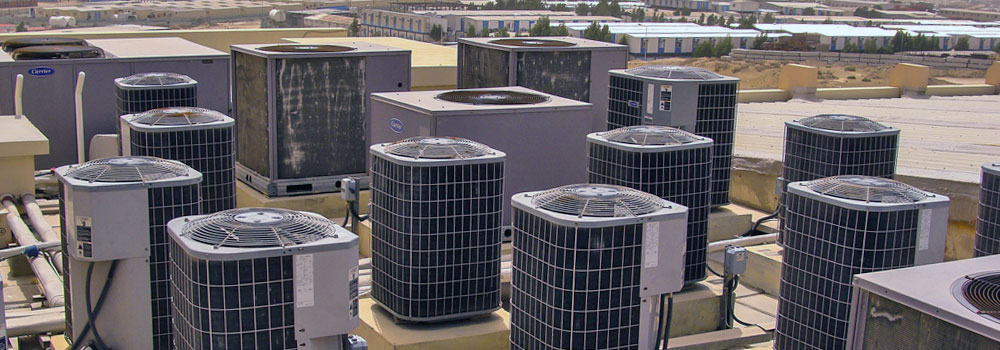

Whether summers are really getting hotter or we've lost our tolerance for heat as we grow older, lots of us are tempted to yank out noisy, dripping window air conditioners and replace them with quiet, efficient whole-house central-air-conditioning systems. But we don't take the idea any further. Those of you with forced-air furnace ducts in place worry that modifying the heating system will be costly and result in inefficiency. And if you don't have ducts, you can't imagine how they're going to be added without destroying the house and costing a bundle. But installing central air is easier and less costly than you might think.
For a house that needs ducts, the costs and work time double. But a contractor experienced in retrofitting can cleverly hide ductwork behind walls, in the back of closets and up in the attic with minimal cuts into walls and the ceiling and very little mess.
The first order of business — and maybe the most important decision in having central A/C installed in your home — is selecting the right Central Air Conditioner.
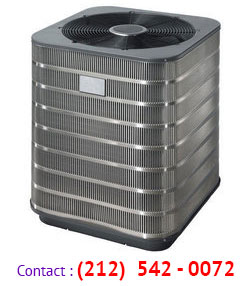
Heat-gain calculation. All cooling contractors should start their evaluation of your house by performing an Air Conditioning Contractors of New York, Queens, Manhattan, Bronx, Brooklyn, Staten Island, Long Island AC Service NYC. This determines the heat gain your home is subject to. The calculation is relatively easy to perform and will reveal what size unit you need. Move on to another contractor if the one you're considering wants to determine the right unit for your house solely on experience. Though strongly influenced by where you live, several factors affect the size unit required, including the amount of wall and attic insulation you have; the types and placement of windows and doors; and the orientation of your home to the sun. The calculation can also alert you to the possible benefits of upgrading the insulation in your house. By making your home more energy efficient, you may be able to reduce the size of the air conditioner you need.
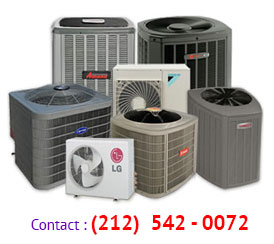
Using the heat-gain calculation, your contractor will recommend an air conditioner size, expressed either in tonnage or Btu per hour (Btu/h). One ton equals 12,000 Btu per hour. Why is getting the proper size unit so important? An undersize unit won't be able to cool rooms down completely on the hottest days and will cost more to operate because it has to run longer than a correctly sized unit. An oversize compressor also costs more to operate because it simply takes more electricity to run a bigger unit. And an oversize unit doesn't lower humidity effectively. That's because it cools the air so quickly that it shuts off before it has a chance to circulate the proper volume of air past the coils to extract the necessary moisture. The result is a room that doesn't seem as cool as the temperature indicates. In fact, the room can feel clammy and damp.
Unit efficiency. After determining the size of the unit, your contractor should talk to you about efficiency, which is expressed by the seasonal energy-efficiency rating (SEER). The SEER rates how many Btu an air conditioner will remove for each watt of electricity it consumes. The higher the SEER, the less it costs to operate. Federal law requires that new A/C units have a SEER of at least 13. These units have lower operating costs, tend to be higher quality, have more safety features, better sound shields and lower voltage requirements. In general, the higher the SEER, the higher the initial cost for the unit.
Unit types. Next, you must decide what type of system to buy. There are two kinds. A "package system" gangs the condenser, which cools the refrigerant and exhausts warm air, with the fan-and-coil system, which cools and blows the air. The ducting connects directly to the unit. This is essentially a large wall air conditioner with ducts. But package systems are rare.
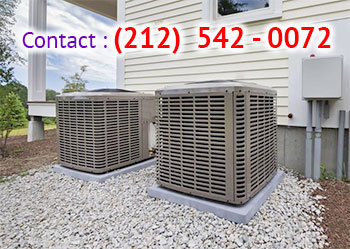
With a "split system," the condenser is outside the house and the fan-and-coil system are inside; they're connected to each other by pipes that carry refrigerant. If you have a forced-air furnace, the refrigerant pipes are connected to a cooling coil system fitted into the furnace air handler. Sometimes it goes right into the existing plenum. If that won't work because of space limitations, the contractor will fabricate a separate sheet-metal plenum. If you don't have forced air, the fan-and-coil system is typically placed in the attic, where it will deliver cool air through ducts. The 20- to 30-foot-long pipes that carry the refrigerant are disguised to look like a downspout.
Proper placement. Even the quietest condensers make noise, so work with your contractor to find a location that's not near a bedroom or home-office window. Don't place the condenser under a deck or completely enclose it because it exhausts warm air out the top. Any airflow restriction will lower the unit's efficiency. You can, however, hide the condenser in the landscaping, as long as air can freely circulate around it.
No Ducts? No Problem
Most central air conditioners are split systems: The condenser is outside and the fan-and-coil system is inside, connected to the condenser by pipes that run up the outside of the house. The pipes can be disguised as part of the gutter-and-downspout system. Ductwork services second-floor rooms through ceiling registers. Ducts run through closets on their way to first-floor rooms.
We offer Air Conditioning Services in the following areas within New York

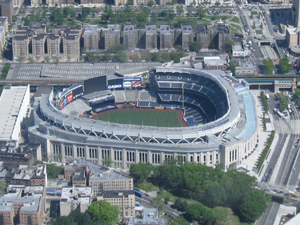




For details about our services please visit our Air Conditioning services page.